The Imperial Famıly Quarters
Step beyond the official grandeur and enter the private heart of Dolmabahçe Palace.
This was not the secluded labyrinth of Topkapı, but the elegant residence of a 19th-century imperial family. Discover a world of refined protocol, princely education, and the serene daily life of the last Ottoman sultans, where tradition gracefully met a new, modern era.
The Modern Harem:
A New Generation of Princesses
Forget the cloistered world of Topkapı. The Harem of Dolmabahçe was a revolution.
Here, princesses were not confined to tradition; they were shaped by piano lessons, French literature, and a modern education that would prepare them for a changing world. This is the story of their gilded, yet transformative, upbringing.
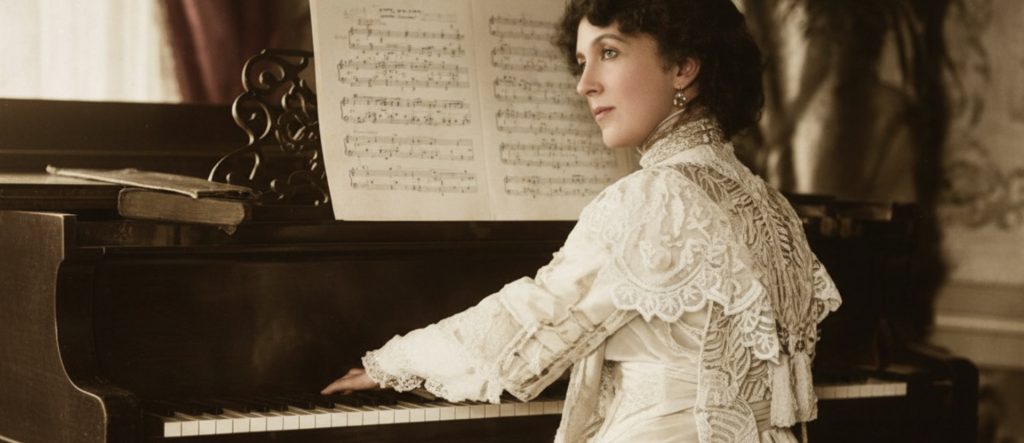
Piano and French: Growing Up as an Ottoman Princess in Dolmabahçe Palace

The Heart of the Harem
The Valide Sultan's Apartments
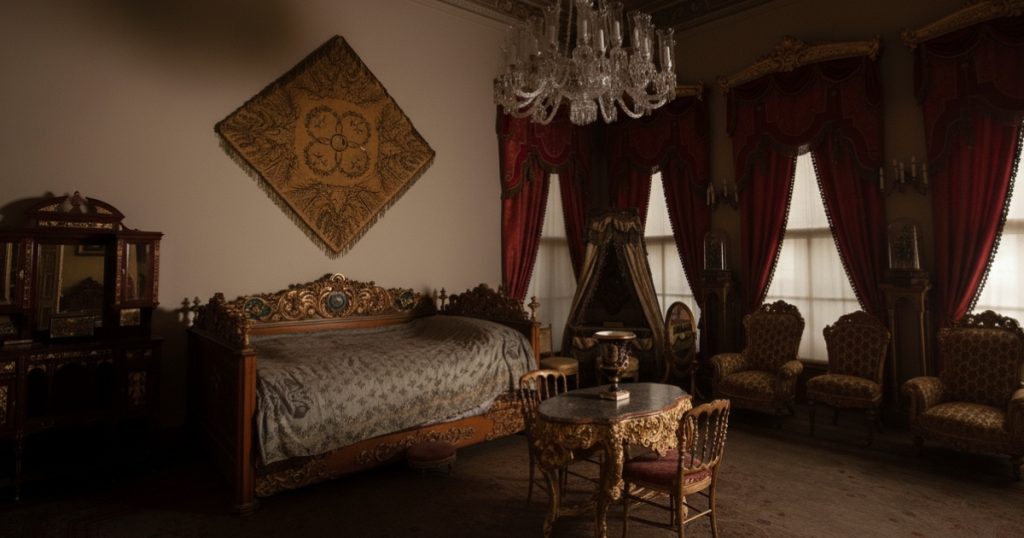
This was no longer a shadow court of intrigue, but a grand diplomatic stage. The apartments of the Valide Sultan (Queen Mother) in Dolmabahçe served as the social and ceremonial heart of the imperial family.
As the guardian of dynastic tradition in a modernizing world, she received foreign queens and empresses in these magnificent salons, masterfully shaping the image of the Ottoman court. Every French-style settee and gilded mirror was a statement of a new era, where influence was wielded not through seclusion, but through unparalleled elegance.
The Sultan's Private Quarters
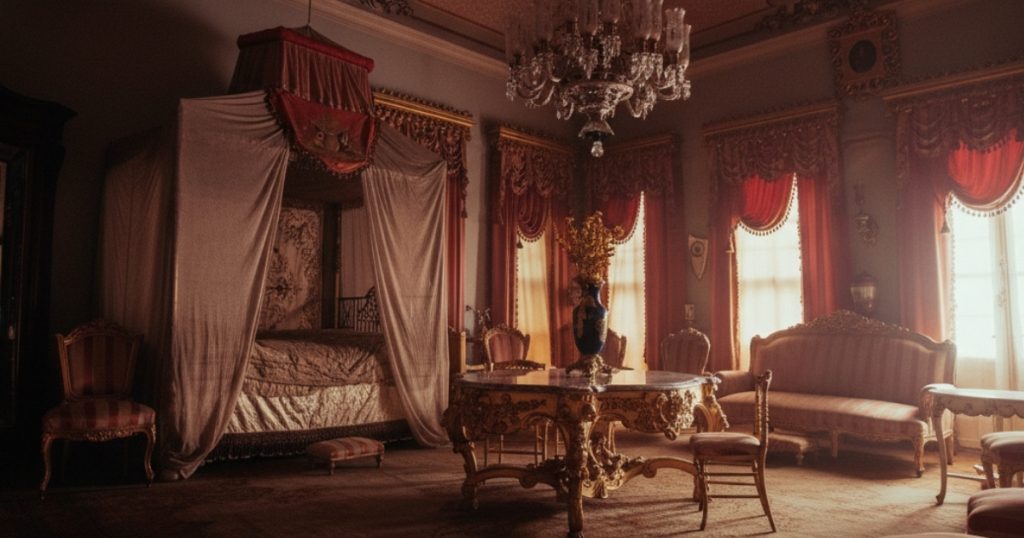
Step into the intimate world of the modern sovereign. The Sultan’s private quarters (Hünkâr Dairesi) reveal the dual life of a ruler who was both an absolute monarch and the head of a family.
These chambers—from his study where he read Western newspapers to his alabaster hamam and the salons where he spent time with his children—shattered the image of the unapproachable ruler of Topkapı. Here lived a Sultan who engaged with the world, balancing the immense weight of the empire with the quiet moments of a private life.
Quarters of the Princes & Kadınefendis
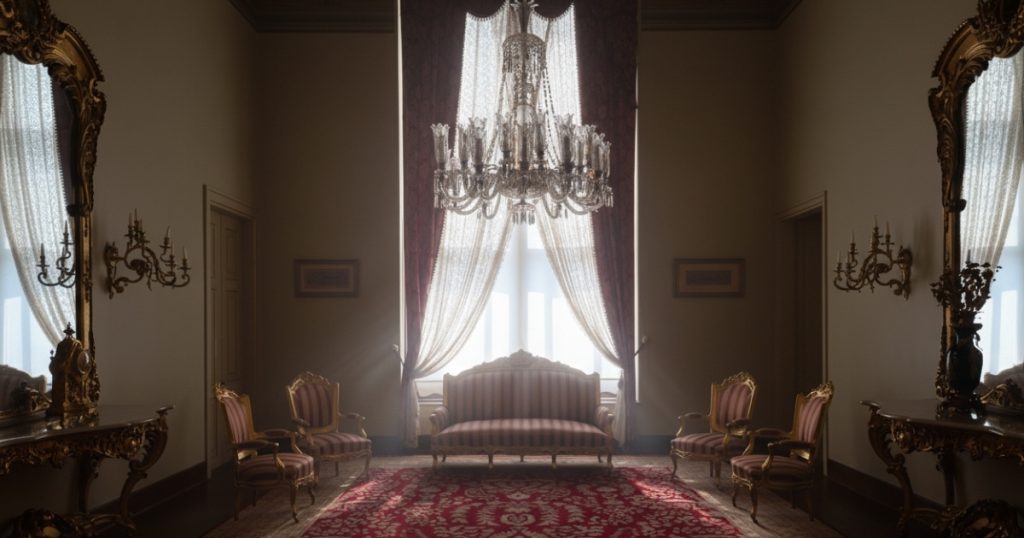
The most profound revolution of the Dolmabahçe Harem was the education of its princes. The infamous “kafes” (cage) system was abolished, replaced by gilded classrooms where a new generation of royals was raised not as prisoners, but as European princes.
The curriculum featured French, piano lessons, and Western history, preparing them for a changing world. In parallel, the Sultan’s wives (Kadınefendis) adopted roles as elegant, educated figures, central to the refined social life of the modern imperial family.
Where the Palace Meets the Palate
Lacivert: The Bosphorus, Reimagined for Your Palate
You’ve witnessed the imperial grandeur from within the palace walls.
Now, experience its reflection across the water. At Lacivert, the timeless silhouette of Istanbul meets the vibrant flavors of the Mediterranean, creating a memory worthy of the view.
The Shadow of the Throne
Behind the Sultan stood the Valide Sultan. But who stood behind her?
Discover the story of the Chief Kalfa—the unseen woman who held the keys to every secret and executed the silent will of an empire within the Harem.
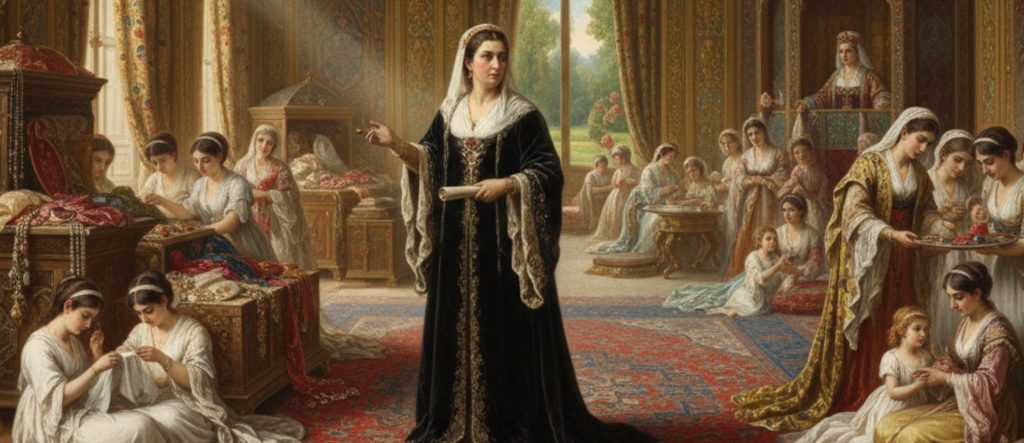
The Valide Sultan’s Eyes and Ears: The Behind-the-Scenes Power of the Chief Kalfa Who Managed the Harem

The Last Queens: Power and Farewell in the Harem
The Harem of Dolmabahçe was the final chapter in a centuries-old saga of female power. These were not the queens of legend like Kösem or Hürrem; they were a new breed of Valide Sultan, navigating a world of radical change.
Discover their stories of quiet authority, political struggle, and the silent farewell to a tradition that would vanish forever.

The Last Valide Sultan: Rahime Perestu and the Silent Farewell of a Tradition.

A Mother’s Power Struggle: Pertevniyal Sultan’s Ordeal with Reforms

The Last Queens of the Harem: Why Valide Sultanate at Dolmabahçe Was Not Like Kösem and Hürrem
A New Etiquette: Ceremony & Daily Life
The Performance of a Modern Empire
The ancient, almost sacred ceremonies of Topkapı Palace were whispers of a secluded power. In Dolmabahçe, ceremony became a performance for the world. The new etiquette was not merely a change in manners; it was a shift in the diplomatic language of the empire. Every reception, every greeting was a meticulously choreographed act, designed to declare the Ottoman dynasty as a modern, sophisticated, and undeniable European power. This was survival, articulated through splendor.
Consider the Bayram (holiday) ceremonies. Gone were the days of rigid, silent processions in Topkapı’s courtyards. In the magnificent Blue Hall, the Sultan would receive the women of the Harem and the young princes. The air was filled not with the sound of the Mehter band, but with waltzes played by the Palace Orchestra. The heavy kaftans were replaced by French-style court dresses for the ladies and formal military uniforms for the princes. It was a scene of opulent domesticity, a carefully crafted image of a modern royal family celebrating together.
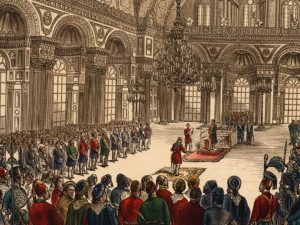
The ultimate test of this new etiquette was the reception of foreign royalty. When French Empress Eugénie visited in 1869, she was not confined to the ambassador’s quarters but was personally hosted by Sultan Abdülaziz and the Valide Sultan within the palace walls. She was guided through the Harem, entertained with Western classical music, and honored with a grand banquet served on European porcelain. This was unprecedented. By opening the doors of its most private sections, the Ottoman dynasty was making a powerful statement: “We are your equals. Our court is as splendid, our protocol as refined as yours.”
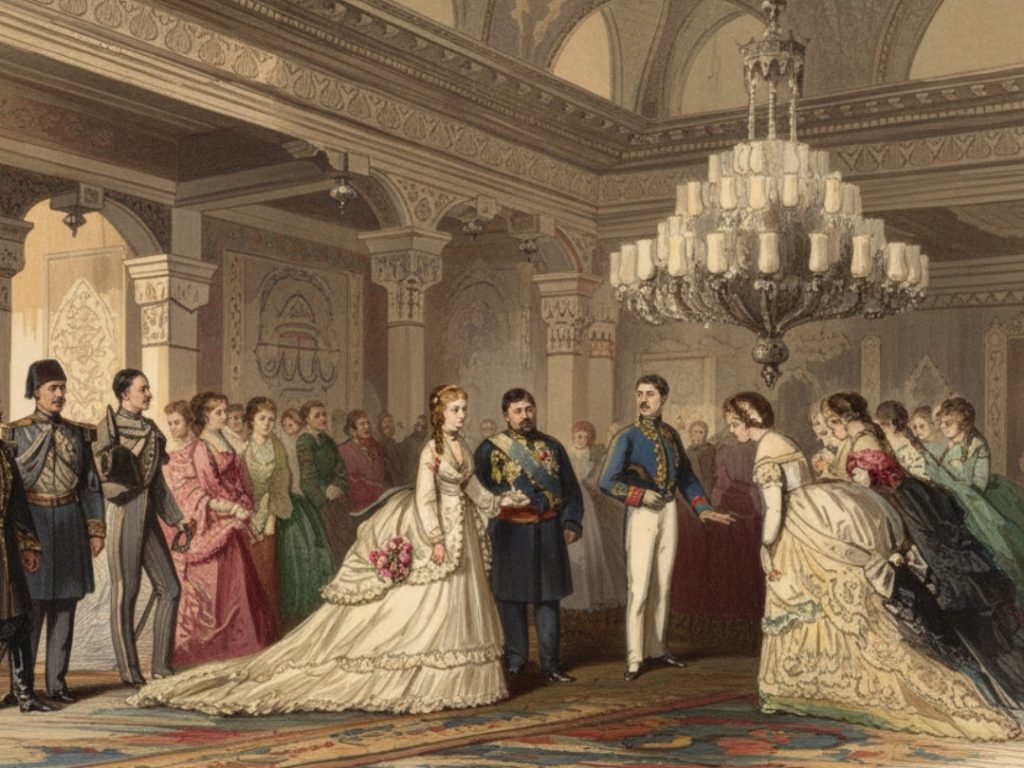
This new etiquette, therefore, was far more than superficial pomp. Each choreographed bow, each piece of music from a European composer, and each meticulously planned state dinner was a diplomatic tool. It was the language of power in the 19th century, and with Dolmabahçe as its stage, the Ottoman Empire was determined to speak it fluently. The splendor was not weakness; it was a strategy for survival.
Enrich Your Exploration

Medicana: A Legacy of Health

Avis: The Keys to the City
Anatomy of a Masterpiece: The Stories Within
Beyond the grand halls lies a world of exquisite detail, where every element tells a story.
Discover the masterful craftsmanship, from the Sultan’s private workshop to the intricate symbolism hidden in the parquet floors and ornate gardens. This is where stone, crystal, and wood become a language.

Ballroom Instead of Sini (Tray/Serving Table): How Dolmabahçe Architecture Transformed Centuries-Old Palace Ceremonies?
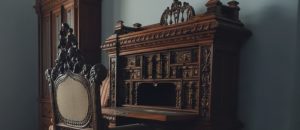
The Carpenter Sultan and His Passion for Detective Fiction: Sultan Abdulhamid II’s Palace Workshop and His Love for Detective Novels

Nature Drawn with a Ruler: How Did Dolmabahçe Gardens Change the Ottoman Understanding of “Paradise”?
FAQ: Frequently Asked Questions Dolmabahce Palace Royal Life
How is the Dolmabahçe Harem different from the one in Topkapı Palace?
Fundamentally. Topkapı’s Harem was a secluded, labyrinthine center of political intrigue. Dolmabahçe’s Harem was designed as the elegant, organized residence for a 19th-century imperial family, reflecting European court life, with a greater focus on protocol, education, and family rather than seclusion and political power.
Who lived in the Harem besides the Sultan's wives?
The Harem was the private domain of the entire imperial family. This included the Valide Sultan (Queen Mother), the Sultan’s wives (Kadınefendis), his sisters and daughters, and the young princes (Şehzades), along with their extensive retinue of servants, tutors, and companions.
What was daily life like for the women and children?
Life was governed by a strict, European-style court etiquette. Days were filled not with intrigue, but with education in arts, music (many princesses played the piano), and languages like French. It was a highly structured environment focused on preparing a new generation for their roles in a modernizing world.
Did the Valide Sultan (Queen Mother) have the same power as in Topkapı?
No. While the Valide Sultan remained the most revered female figure and head of the imperial family, her direct political power was significantly diminished compared to the formidable women of the “Sultanate of Women” era. Her role in Dolmabahçe was more ceremonial and centered on managing the family and court protocol.
What are the most significant rooms to see within the Harem?
The Blue Hall (Mavi Salon), used for religious festivals, and the Pink Hall (Pembe Salon), where the women received guests, are magnificent highlights. However, the most historically poignant room is the modest bedroom where Mustafa Kemal Atatürk, the founder of the Turkish Republic, spent his final days.
Why is Atatürk's room located in the Harem section?
After the abolition of the monarchy, the palace was assigned to the new Presidency. Atatürk used the former Harem apartments as his personal residence during his stays in Istanbul. The specific room where he passed away (Room 71) was his bedroom and study, chosen for its practical and serene nature.
Is the architecture of the Harem different from the Selamlık?
While sharing the same grand exterior style, the Harem’s interior is comparatively less opulent than the official Selamlık. The decoration is more intimate and residential, reflecting its purpose as a family home rather than a stage for projecting state power.
Did the princes' education change in Dolmabahçe?
Dramatically. The infamous kafes (cage) system of Topkapı was abandoned. In Dolmabahçe, princes received a formal, modern education from both Ottoman and European tutors, learning languages, history, and military science in gilded classrooms designed for that purpose.
What are the Blue and Pink Halls used for?
These were the Harem’s main ceremonial spaces. The Blue Hall was where the Sultan would exchange holiday greetings with the women of the Harem. The Pink Hall, with its famous Hereke carpet, served as a reception salon where the Valide Sultan and other imperial ladies would entertain female guests.
Can I visit the Harem with the main palace ticket?
Yes, the standard combined ticket for Dolmabahçe Palace includes access to the Selamlık, the Harem, and the Painting Museum. You do not need to purchase a separate ticket to enter the Harem.







